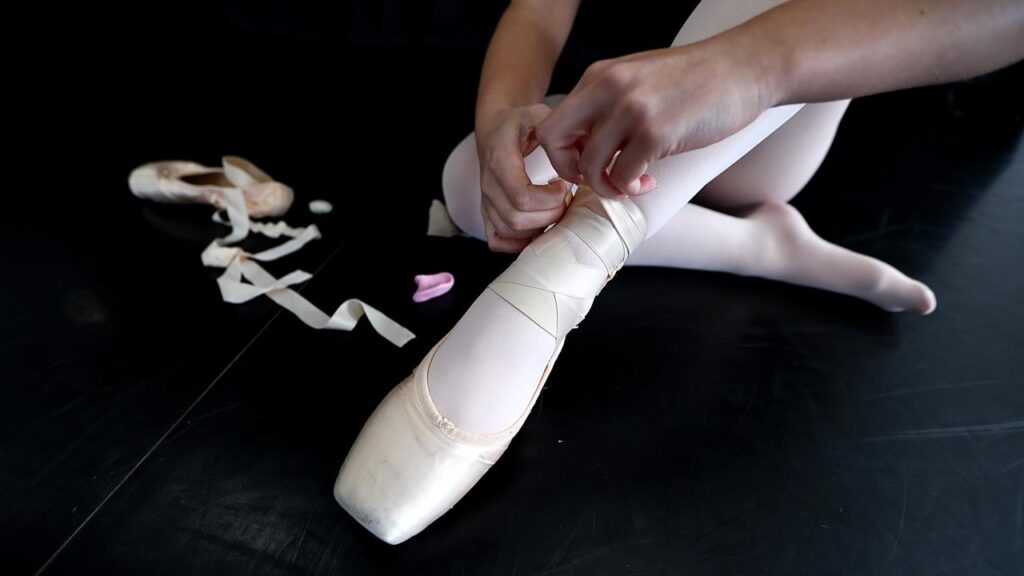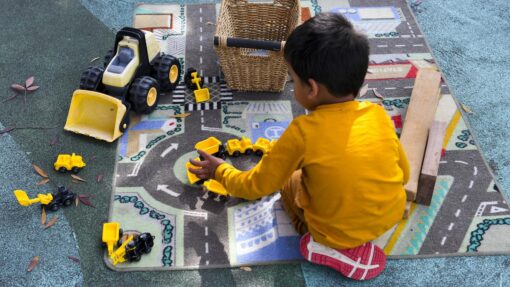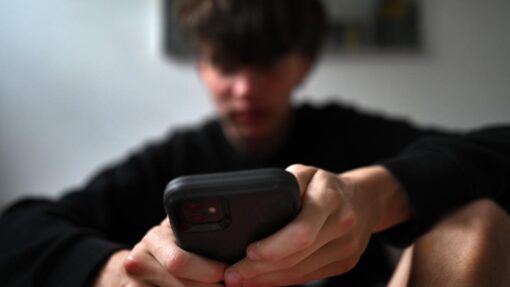Dance industry stepping into new era of safety for kids
Liz Hobday |

Dance studio owner Danielle Lennon remembers learning classical ballet as a kid. It was the 1980s and teachers were tough.
“They were just hard on us,” she says.
“They definitely talked about weight and size but I don’t think they would have necessarily understood that it was not okay.”
While body image is one longstanding issue for the dance industry, there are also other, more recent challenges. Namely explicit music, skimpy costumes and sexualised choreography for children popularised online and on TV shows like Dance Moms.

It’s estimated almost a million young Australians, many of them girls, are involved in learning dance.
But few parents would realise, as they drop their kids off to class, that almost anyone can run a dance studio. Working-with-children checks are a patchwork system and no qualifications are necessary.
Teachers tend to instruct their students in the same way they were taught, which can lead to intergenerational practices well past their use-by date.
Dancers deserve better, says Lennon, who runs The Studio of Performing Arts in the Brisbane suburb of Springfield.
“Our studio is a little bit different in that our students are pretty comfortable,” she explains.
“We talk about consent a lot.”
Tougher child safety regulations across the eastern states, with groundbreaking laws passed by the Queensland government in 2024, could finally lead to lasting change in the field of dance – and more teachers with an ethos like Lennon’s.
But with the industry mostly made up of small studios, many run by sole proprietors, improvement and compliance is very much a question of resources, according to Julie Englefield from Ausdance QLD.

So the peak body has developed a program that educates studios to teach dance-specific child safety to children aged 8-10, becoming compliant with the new rules as part of the process.
Englefield believes Safedance for Kids is a world first. Created with state and philanthropic funding, the pilot is supported by studios including Lennon’s, ahead of a wider rollout scheduled for August.
“If we teach children, teachers and families about safety in the dance environment, we will empower a new generation of dancers to look after their bodies, eat well, stay mentally and socially strong, and speak up if there is a problem,” she says.
Safedance for Kids has been designed around Queensland’s child safety laws but with more work, could be adapted for use in other states and territories.
Yet according to Englefield, there’s little money at a national level to support child safety in the performing arts, something that makes her “absolutely furious”.
Although the dance industry has been spared the kind of scandals seen in other disciplines such as gymnastics and swimming, there have been serious cases of abuse.
Grant Davies, a teacher at the now-defunct RG Dance studio in Sydney’s inner west, was jailed in 2016 for 24 years for the sexual abuse of children as young as nine.

Parent Georgina Lovelock has discovered the extreme differences in dance studio culture the hard way. Her family is practically a dance troupe and she spends thousands of dollars each year sending five of her six children to lessons.
When they started out, a change of ownership at their Brisbane studio saw the introduction of provocative moves in choreographed routines, and a teacher who would shout at her children when they made mistakes.
Competitions were also an issue. Lovelock’s kids would compete against other young dancers wearing costumes she found inappropriate.
“They looked like knee high boots, little booty shorts and crop tops, and they’d have eight year olds shaking their tush, twerking to music that I would probably switch off, if it came in on in the car,” she recalls.
But it was at one such competition that she noticed students from Lennon’s studio, where her dance-mad children now have their lessons in everything from jazz to hip hop.
The costumes and music were appropriate for the kids, who were able to use tents to change in privacy.
Tellingly, they also left before the results were announced because for these dancers, it wasn’t about winning but having fun.
Lovelock’s children are now aged between five and 18, and their more recent experience at The Studio shows how dance class done right can have a huge impact on children’s lives.

Her daughters’ confidence has improved and her 14-year-old son Jaedyn, who wants to dance professionally, has an emotional maturity beyond his years.
What’s more, as other teenagers are exposed to online misogyny, Jaedyn’s male dance teachers have been excellent real-world role models, Lovelock says.
“There seem to be a lot of really negative influences on young men, encouraging that toxic masculinity … my son who dances spends his time with people, with women, and he has a lot of respect for women.”
AAP


